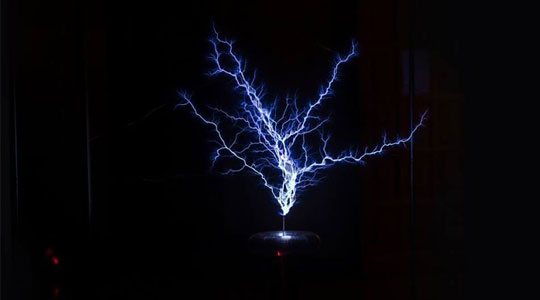Zorka Wollny & Andrzej Wasilewski
[PL/DE]

"Duel"
Installation, 2018
Description coming soon.
Zorka Wollny creates acoustic compositions for institutions, factories and empty buildings. Her works inhabit a space between art, theatre and contemporary music, and are always closely connected to the historic and functional context of specific architectural sites. Wollny’s collaborative production style often involves public rehearsals and workshops in which she creates structures of cooperation with individuals as well as groups and communities, such as composers, students, actors and activists. In one of her most recent works, “Unmögliche Oper” (2017), she involved several choirs and citizens of the German town Oldenburg in an exploration of the voice as a tool of expression and public debate. “Order” (2015) was composed for the Teutonic Castle in Swiecie, Poland, a 15-person volunteer choir, three percussionists and electronics. In "Ophelias. Iconography of Madness" (2012), presented at the Museum of Art in Łódź, Wollny staged a performance of eleven actresses, representing the figure of Ophelia as depicted in several historical theater productions of Shakespeare’s Hamlet. In "Oratorio for Orchestra and Warsaw Citizens Choir" (2011), developed for the Warsaw Autumn international festival of contemporary music, Wollny devised a concentrated, polyphonic manifestation in the city centre of Warsaw, that was produced in collaboration with NGO’s and the Warsaw Philharmonic Orchestra and is based on the political manifestos and agendas of the participating activists.
Andrzej Wasilewski construes electronic objects/installations, creates video-generated and painted images and designs, and records sounds. In the past 15 years of his creative work, he has built dozens of complex objects and electrical installations, from classic DIY structures to primitive creations to internet-derived models to programmable digital design. In his work, Wasilewski makes sure to escape the trap of new-toy fascination; instead, he always tries to address the critical aspect of prosthetic technology, thereby giving it a more universal significance as a carrier of content. His realisations touch on the issues of selfishness and narcissism, the creation of cultural fetishes, and seduction by artificial and fictional icons. He documents processes of destruction and observes the passage of time. He is interested in the undesirable, embarrassing side of life, exclusion and provinciality. He uses electronic devices: motion sensors, photocells, control microchips, LCDs and LEDs, oscilloscopes, as well as wailing or humming devices, or those generating subliminal sounds not received by the human ear but registered in the subconscious. Recently, he has constructed high-voltage objects based on the inventions of Nikola Tesla.


